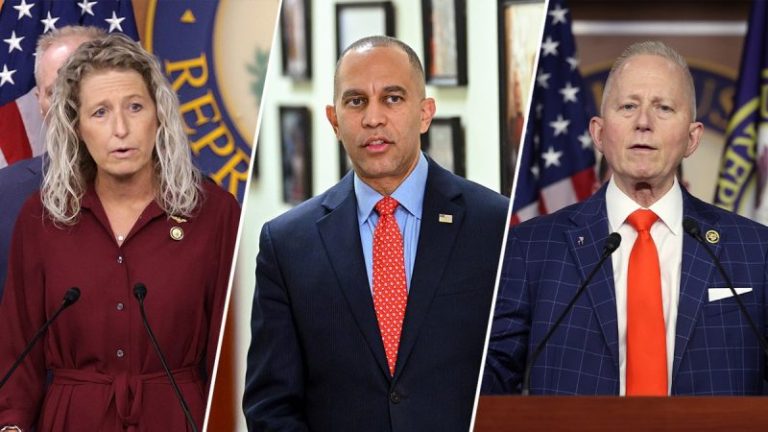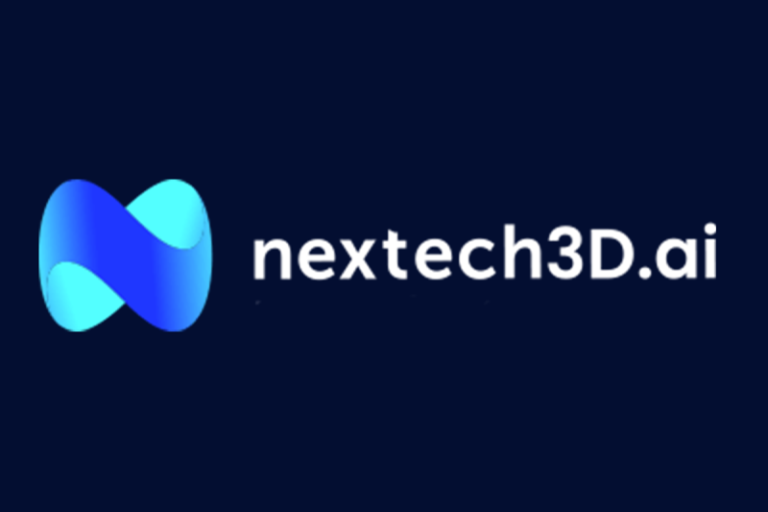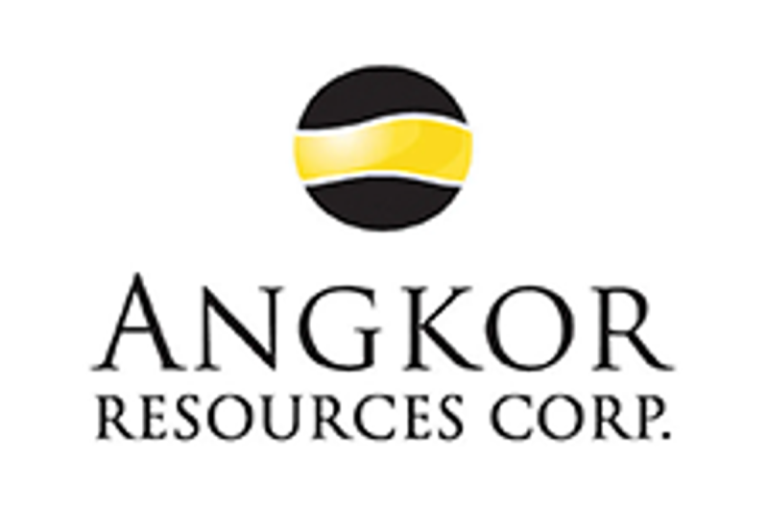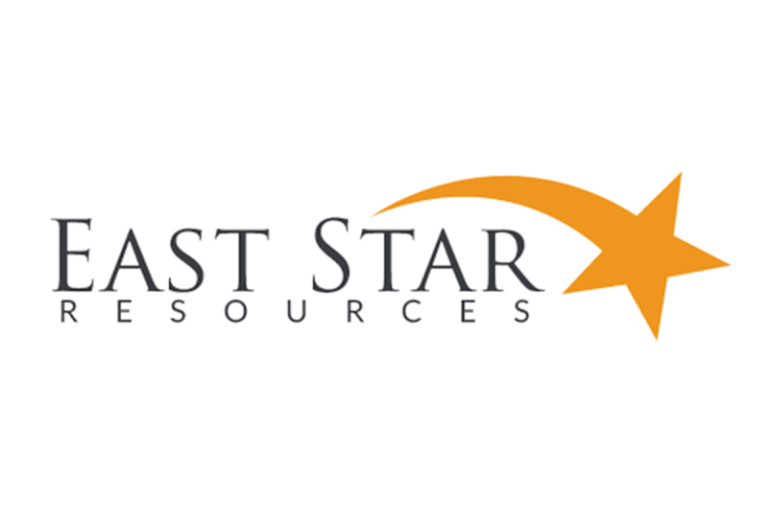Silver Hammer Mining Corp. (CSE: HAMR) (the ‘Company‘ or ‘Silver Hammer‘) is pleased to announce it has entered into an option agreement (the ‘Option Agreement‘) on October 20, 2025 with Fahey Group Mines, Inc. (‘Fahey‘), pursuant to which the Company has been granted the right (the ‘Option‘) to acquire a 100% legal and beneficial interest in the Fahey Group Property (the ‘Property‘).
All currency references are in Canadian dollars unless otherwise stated.
Key Highlights of the Fahey Property:
- The Fahey Property consists of 360 acres, covered by 18, unpatented US lode claims, situated directly in the strategic center of the Silver Belt portion of the Coeur d’ Alene Mining District, one of the top known producing silver regions in the world where the Idaho State University (2006) estimated 1.18 billion ounces of silver has been produced.
- The Fahey Property is the last property within the Silver Belt that has remained largely unexplored despite its strategic prime location and has been one of the desired properties to be acquired and explored for many years.
- The Fahey Property has been owned by same family for over 60 years, and this will represent for the first time the Property has been available for exploration with modern exploration.
- The Fahey Property is ideally situated between two of the well-known silver mines in North America: the currently operating Galena Mine and the historic Sunshine Mine.
- The Fahey Property occupies a strategic position between property owned by ‘Sunshine Silver Mining and Refining’ and ‘Americas Gold and Silver’.
- The Fahey Property is underlain by the same favorable Revett Formation quartzite.
- The Americas Silver and Gold land position borders the Fahey Property to the East, which includes the operating Galena Mine and has produced million ounces of silver, along with the Coeur Mine and the Mineral Point Mine.
- More than 20 veins have been identified within the Fahey Property, which is more than the number of veins in either the Bunker Hill Mine (the largest mine in the district) or the Sunshine mine, with the greatest silver production in the Coeur d’Alene mining district.
‘The Company is extremely pleased to be able to secure such a strategic land holding surrounded by senior silver producers and explorers in one of the most sought-after locations in the Silver Valley. We are grateful to the Fahey Group to have confidence in our experienced exploration team,’ commented Peter A. Ball, President & CEO. ‘It is not often a junior is able to have the opportunity to acquire such an exciting silver project that has remained relatively underexplored and more notably surrounded by close to one billion ounces of silver that have been discovered, developed and mined over the past 100 years. Our technical team looks forward to bringing modern exploration to such an interesting and highly prospective silver project. We are pleased with the terms of the acquisition, allowing Silver Hammer to focus our hard dollars into the ground to make a potential discovery for our shareholders and the Fahey Group.’
Transaction Overview:
Under the terms of the Option Agreement, the Company may earn a 100% interest in the Property, free and clear of all encumbrances other than a retained royalty, by paying Fahey US$50,000 in cash and issuing C$450,000 worth of common shares of the Company (‘Consideration Shares‘), to be satisfied as follows: US$25,000 in cash within three (3) business days of the effective date of the Option Agreement; US$25,000 in cash on or before June 30, 2026; C$50,000 in Consideration Shares on or before December 31, 2026; C$75,000 in Consideration Shares on or before December 31, 2027; C$75,000 in Consideration Shares on or before December 31, 2028; C$125,000 in Consideration Shares on or before December 31, 2029; and C$125,000 in Consideration Shares on or before December 31, 2030.
In addition, the Company must incur an aggregate of at least C$1,500,000 in exploration expenditures on the Property, consisting of a minimum of C$200,000 on or before December 31, 2027 and a further C$1,300,000 on or before December 31, 2030, with any excess expenditures from earlier periods credited toward later commitments.
The Company may extend the deadline for the final share payment due December 31, 2030, as well as the exploration expenditure deadline of December 31, 2030, by one (1) year through the issuance of C$50,000 worth of Consideration Shares. The Company may also accelerate any cash payments, share issuances, or exploration expenditures at its sole discretion without penalty.
All Consideration Shares issued under the Option Agreement will be priced at the volume-weighted average trading price of the Company’s shares on the Canadian Securities Exchange (the ‘CSE‘) for the twenty (20) trading days prior to issuance, subject to the CSE’s minimum pricing requirements. If the deemed price is less than C$0.05 or otherwise not permitted under CSE policies and results in the aggregate value of the Consideration Shares issued being less than the stated dollar amount of the applicable installment, the Company will pay the shortfall to Fahey in cash (converted to equivalent value in US$) within sixty (60) days of the applicable issuance date. The Company will also have the option to make any payments in cash (converted to equivalent value in US$) in lieu of issuing Consideration Shares.
Upon exercise of the Option, the Company will grant Fahey a 2.0% net smelter returns royalty (the ‘Royalty‘) on the Property, which may be reduced by 0.5% (to 1.5%) upon payment of US$1,000,000 to Fahey.
Following exercise of the Option, upon the commencement of commercial production at the Property, the Company will also make a milestone payment of US$1,500,000 to Fahey, payable in cash, shares, or any combination thereof, at the Company’s discretion, within thirty (30) days of achieving commercial production.
Completion of the transaction remains subject to receipt of all required corporate and regulatory approvals, including the approval of the CSE. The transaction is an arm’s length transaction and will not result in any changes to the Company’s board or management. No finder’s fees will be paid in connection with the transaction.
All securities issued pursuant to the transaction will be subject to a statutory hold period of four months in accordance with applicable securities laws.
Fahey Project Overview and Location Map:
The 18 unpatented claims of the Fahey Property are located in the heart of the Silver Belt sector of the Coeur d’Alene mining district (Fig. 1). The Coeur d’Alene district is one of the premier silver-producing mining districts in the world. The Silver Belt accounts for just over half of the silver produced in the district, and there is no meaningful production recorded and very limited exploration on the Fahey Property.
Figure 1. Location map of the principal mines in the Coeur d’Alene district. The location of the Fahey property marked by the red ellipse and the Silver Belt by the green ellipse.
To view an enhanced version of this graphic, please visit:
https://images.newsfilecorp.com/files/9597/271122_16465b10f4656908_001full.jpg
Readers are cautioned that the Company has not independently verified the information in respect of properties adjacent to the Fahey Property and the mineralization on adjacent properties may not be indicative of the mineralization on the Fahey Property.
The scientific and technical information in this news release has been reviewed and approved by Damir Cukor, P.Geo., the Company’s Technical Director – Projects and a Qualified Person as defined by National Instrument 43-101 – Standards of Disclosure for Mineral Projects.
About Silver Hammer Mining Corp.
Silver Hammer Mining Corp. is a junior resource company focused on advancing past-producing high-grade silver projects in the United States. Silver Hammer controls 100% of seven previously producing silver mines which are located within the Silver Strand Project in the Coeur d’Alene Mining District in Idaho, USA, and within the Eliza Silver Project and the Silverton Silver Mine in Nevada. The Company also controls the Lacy Gold Project in British Columbia, Canada. Silver Hammer’s primary focus is to explore, define and develop silver projects near past-producing mines that have not been adequately tested. The Company’s portfolio also provides exposure to copper and gold.
On Behalf of the Board of Silver Hammer Mining Corp.
Peter A. Ball
President & CEO, Director
E: peter@silverhammermining.com
For investor relations inquiries, contact:
Peter A. Ball
President & CEO
778.344.4653
E: investors@silverhammermining.com
Forward-Looking Information
This press release contains ‘forward-looking information’ within the meaning of applicable Canadian securities legislation. Forward-looking information in this press release includes, without limitation, statements relating to the Offering, the intended use of proceeds from the Offering, and other statements which are subject to a number of conditions, as described elsewhere in this news release. These statements are based upon assumptions that are subject to significant risks and uncertainties, including risks regarding the mining industry, commodity prices, market conditions, general economic factors, management’s ability to manage and to operate the business, and explore and develop the projects of the Company, and the equity markets generally. Because of these risks and uncertainties and as a result of a variety of factors, the actual results, expectations, achievements or performance of the Company may differ materially from those anticipated and indicated by these forward-looking statements. Any number of factors could cause actual results to differ materially from these forward-looking statements as well as future results. Although the Company believes that the expectations reflected in forward looking statements are reasonable, they can give no assurances that the expectations of any forward-looking statements will prove to be correct. Except as required by law, the Company disclaims any intention and assume no obligation to update or revise any forward-looking statements to reflect actual results, whether as a result of new information, future events, changes in assumptions, changes in factors affecting such forward-looking statements or otherwise.
This news release does not constitute an offer to sell or a solicitation of an offer to sell any of securities in the United States. The securities have not been and will not be registered under the U.S. Securities Act or any state securities laws and may not be offered or sold within the United States or to U.S. Persons unless registered under the U.S. Securities Act and applicable state securities laws or an exemption from such registration is available.
The Canadian Securities Exchange does not accept responsibility for the adequacy or accuracy of this release. The Canadian Securities Exchange has neither approved nor disapproved the contents of this press release.
Source
This post appeared first on investingnews.com










